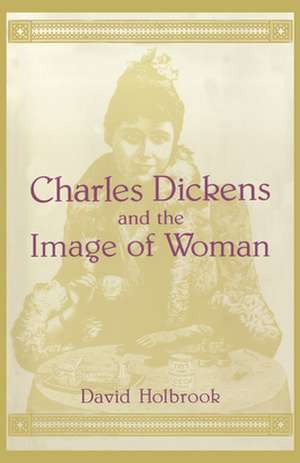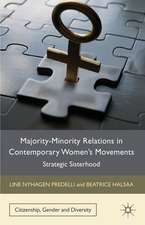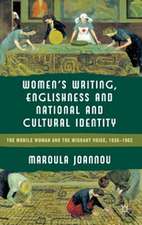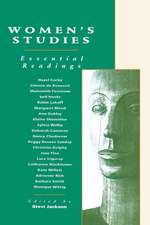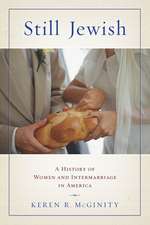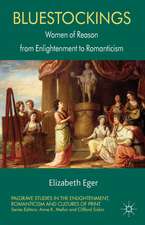Charles Dickens and the Image of Women
Autor David K. Holbrooken Limba Engleză Hardback – 31 ian 1993
| Toate formatele și edițiile | Preț | Express |
|---|---|---|
| Paperback (1) | 215.97 lei 43-57 zile | |
| MI – New York University – 30 iun 1995 | 215.97 lei 43-57 zile | |
| Hardback (1) | 523.05 lei 43-57 zile | |
| Wiley – 31 ian 1993 | 523.05 lei 43-57 zile |
Preț: 523.05 lei
Preț vechi: 679.28 lei
-23% Nou
Puncte Express: 785
Preț estimativ în valută:
100.08€ • 104.78$ • 82.81£
100.08€ • 104.78$ • 82.81£
Carte tipărită la comandă
Livrare economică 07-21 aprilie
Preluare comenzi: 021 569.72.76
Specificații
ISBN-13: 9780814734834
ISBN-10: 0814734839
Pagini: 208
Dimensiuni: 152 x 229 x 15 mm
Greutate: 0.41 kg
Ediția:New.
Editura: Wiley
ISBN-10: 0814734839
Pagini: 208
Dimensiuni: 152 x 229 x 15 mm
Greutate: 0.41 kg
Ediția:New.
Editura: Wiley
Textul de pe ultima copertă
How successful is Dickens in his portrayal of women? Dickens has been represented (along with William Blake and D. H. Lawrence) as one who championed the life of the emotions that belong to the "feminine". Yet some of his most important heroines are simply bearers of the household keys and the basket of domesticity or are totally submissive and docile. Dickens, of course, had to accept the conventions of his time. Clearly the Victorian problem - which was man's problem as much as it was woman's - was that of bringing the ideal woman and the libidinal woman together. It is obvious, argues Holbrook, that Dickens idealized the father-daughter relationship, and indeed, any such relationship that was unsexual, like that of Tom Pinch and his sister, but why? And why, for example, is the image of woman so often associated with death, as in Great Expectations? Dickens's own struggles over relationships with women have been documented, but much less has been said about the unconscious elements behind these problems. Using recent developments in psychoanalytic object-relations theory, David Holbrook offers new insight into the way in which the novels of Dickens - particularly Bleak House, Little Dorrit, and Great Expectations - both uphold emotional needs and at the same time represent the limitations of this view of women and that of his time. Holbrook pays tribute to Stephen Marcus's observation that Dickens was haunted by the Primal Scene and expands this diagnosis, suggesting how Dickens's residual dread about sexual intercourse deformed all Dickens's dealings with female characters, despite his eminent goodwill and delight in the image of woman.
